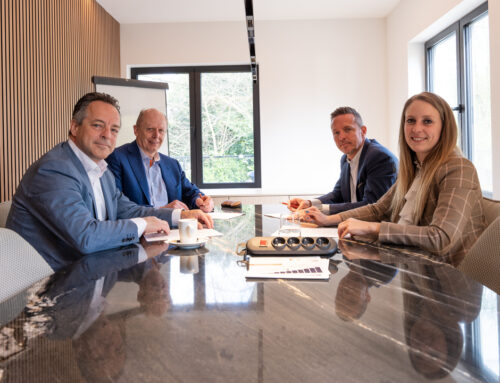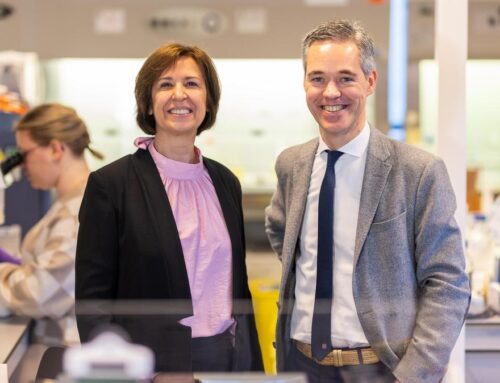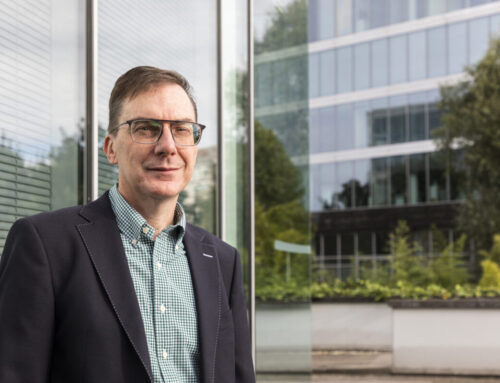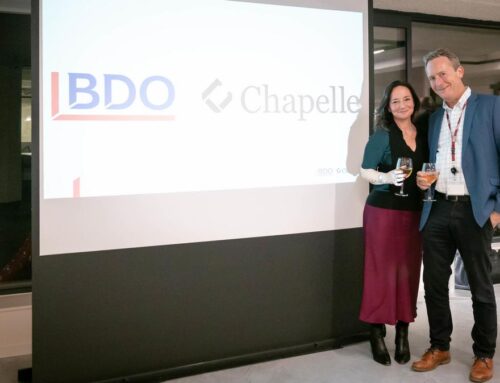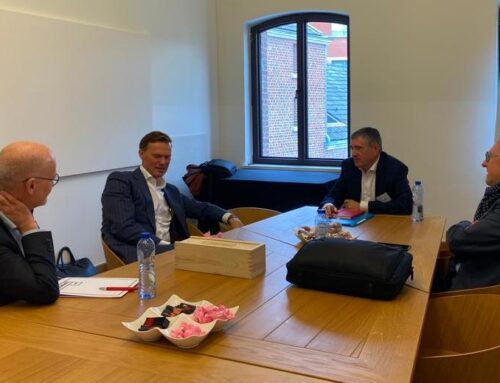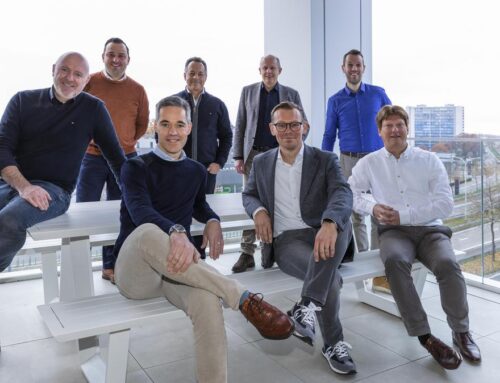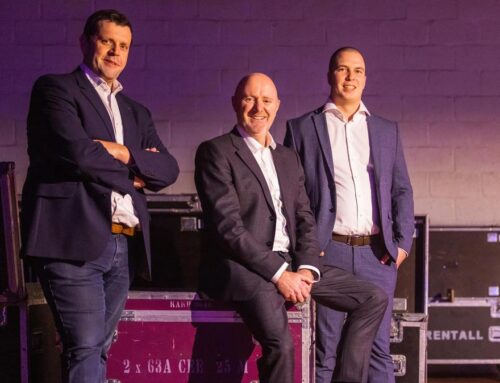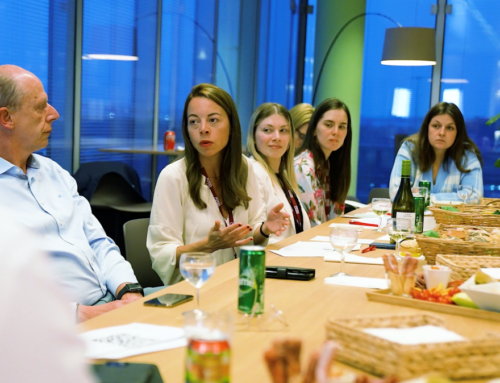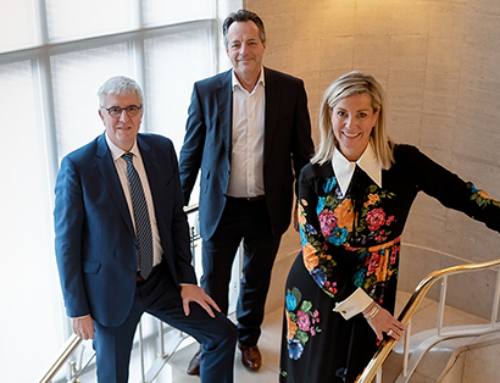Sustainable (green) mobility
Tax alternatives to the company car
In 2022, the company car is more popular than ever. Nevertheless, the ‘greening of the fleet’ is currently high on the agenda of many employers and employees. This is partly due to the change in the taxation of company cars, which affects both employers and employees. But the evolution towards sustainable business is also playing a major role. We explore two tax alternatives to the oh-so-popular company car.
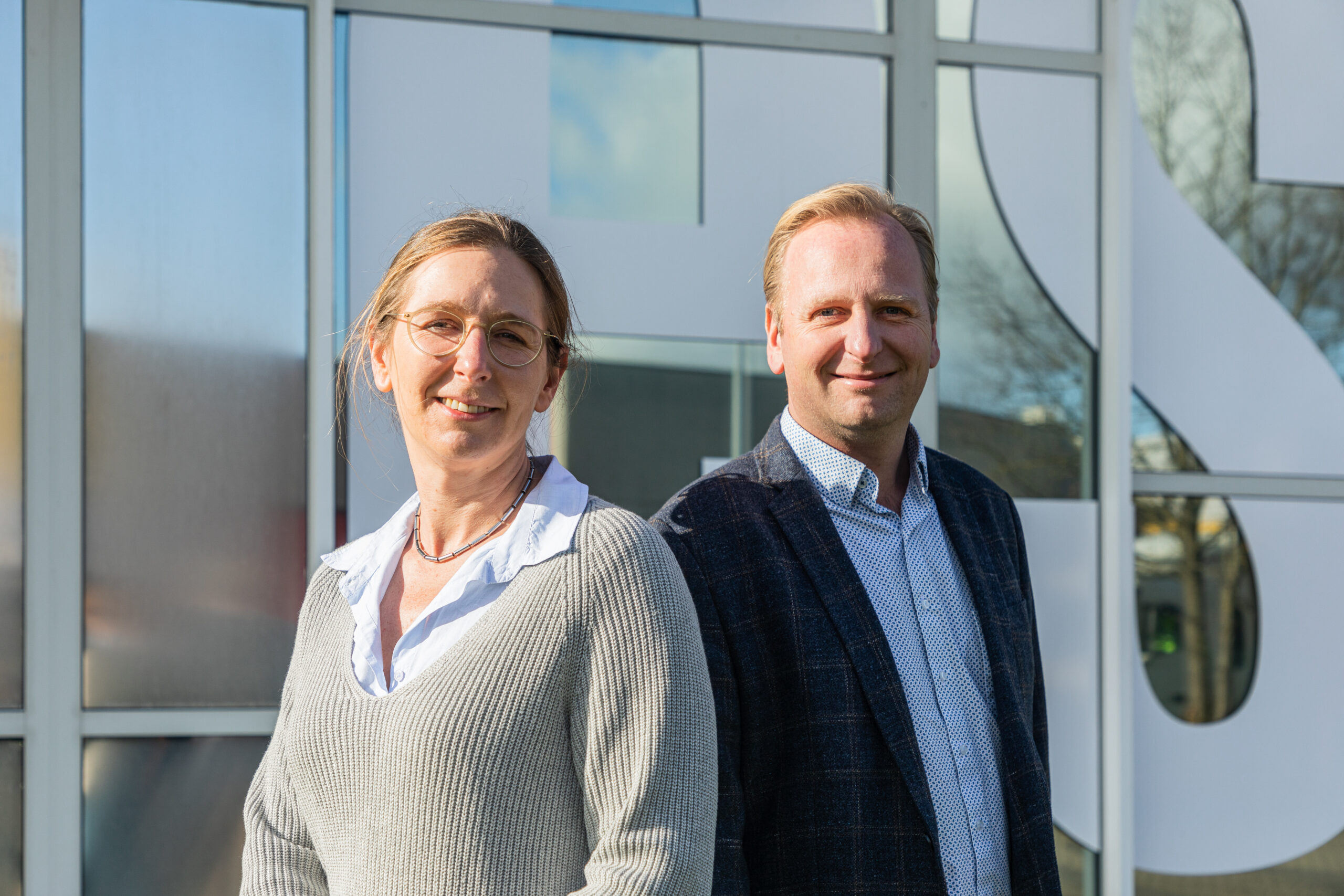
Greening a vehicle fleet is not just about gaining tax advantages, of course. Green mobility has an impact on many links in the business chain. We discuss this in more detail in the article ‘Roadmap towards a sustainable fleet’.
Mobility budget
Belgian legislators have already made a number of attempts to offer an alternative to the ever-popular company cars. The ‘cash for car’ concept did not receive much support. The alternative – the mobility budget system (created in 2019) – offers the possibility of retaining company cars, supplemented by more sustainable mobility solutions. In 2022, more than ever, we see mobility budgets for employers and employees as valuable alternatives. Why?
In the mobility budget system, employees can ask their employers to replace their (current) company cars (or their claims to them) with an annual budget that can then be spent in 3 areas, or pillars:
The budget, which can be spent freely, is based on the total cost of ownership of the company car to which the employee is (or would be) entitled.
The system might be of interest to employers, since all expenses from pillars 2 and 3 are fully tax-deductible. For employees, the expenses in pillar 2 do not provide a taxable benefit and are exempt from social security contributions. If part of the budget is converted into cash (pillar 3), it is tax-free. However, a special contribution of 38.07% is payable. The expenses incurred in pillar 1 follow the rules on car taxation.
To make mobility budgets even more attractive, expenses within pillar 2 have recently been increased significantly. From now on, the following expenses will also be eligible:
Employers do not have to offer all possible options or all pillars. However, since 1 January 2022, they must offer at least 1 option within pillar 2.
In addition, legislators have limited each mobility budget to a minimum of EUR 3,000 (on an annual basis) and a maximum of one-fifth of the employee’s gross annual salary, with a cap of EUR 16,000.
“The mobility budget allows you to keep the company car and supplement it with more sustainable mobility solutions.”
Cafeteria plans
In recent years, spurred on by the ‘war for talent’, many companies have been investing heavily in flexible compensation (so-called cafeteria plans). As part of a cafeteria plan, employees are given the opportunity to exchange a component of their remuneration (end-of-year bonus, etc.) for a form of compensation that offers more satisfaction. In cafeteria plans, a clear trend towards sustainable mobility solutions (bicycles, public transport) is also apparent. Creating a stable work-life balance is also very popular with employees. For example, an employee can use his or her budget for supplementary holidays. Depending on the choice made, each benefit is specifically valued and taxed.
The cafeteria plan allows the employee to (possibly) derive more net benefit from his or her salary without increasing the costs to the employer. It’s a win-win situation. However, unlike the mobility budget system, the flexible compensation system is not legally regulated. This is why many employers have applied for rulings in the past.
ESC technology company – “Waiting is not an option”
“As a technology company, we have the wind in our sails. We passed the 150-employee milestone a while ago. So we are always looking for new talent: business consultants, software developers, cybersecurity specialists, cloud architects,” says Philippe Smet, director of ESC, a technology company based in Ghent.
“Sustainability is increasingly becoming a topic of conversation during job interviews,” adds Carine Smet, a second co-director. “Fortunately, we have been working on it for a while, because, as a company, we simply think it’s our social responsibility. But that doesn’t mean it’s easy – it’s a change process. Mainly because we don’t want to just ‘greenwash’ – we want to be and do it, truly and authentically.”
“Take our car policy,” Philippe continues. “We are converting it into a mobility plan, even though the legal framework is not yet complete. That makes it difficult. But we’re responding creatively to this challenge by combining it with a flexible cafeteria plan to address potential gaps in the incomplete legal framework.”
“Investing in sustainability feels like sailing. Except that sometimes the wind drops – and then you have to row hard.”
More than a mobility plan
Moreover, waiting is not an option, because ESC employees are rightly asking questions about the company’s approach. “We try to communicate this transparently, and we listen actively to our people. And we are assisted in this matter by experts, such as BDO,” says Carine.
Of course, sustainability is more than a mobility plan. According to Carine, “As a tech and business consultancy company, we’ve had a ‘digital first’ mentality for years. That means, in other words, that the ‘basics’, such as using less paper, sorting waste, dealing properly with e-waste, etc. have long been a part of our culture.” At the same time, ESC is committed to a sustainable HR policy and work process. “Our department heads integrate a ‘People-Planet-Profit’ chapter into their annual business plans, and our ‘Great Place to Work’ ambassadors come up with suggestions to keep our workplace socially responsible and authentic. In this way, we encourage both top-down and bottom-up sustainability initiatives.”
“Sustainability is a change process that involves, on the one hand, many variables from the government and, on the other hand, variables stemming from employee expectations. Fortunately, in the IT world, we know how to deal with change management,” says Philippe, laughing.



